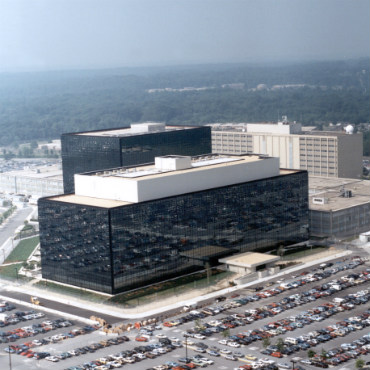NSA overhaul includes acquisition

"We increasingly need to reach out to commercial companies," many of which are unfamiliar with federal acquisition regulations, said Jennifer Walsmith, NSA's senior acquisition executive.

The overhaul of the National Security Agency unveiled last month has been accompanied by a change in thinking about how the agency approaches acquisition.
"We increasingly need to reach out to commercial companies," many of which are unfamiliar with federal acquisition regulations, said Jennifer Walsmith, NSA's senior acquisition executive. Those firms have "a different risk/reward calculus. They want high profits; they don't want you owning their data rights...and they want flexibility."
NSA will start using an innovative contracting shop to try to make the agency's acquisition process more efficient, Walsmith said March 9 at a Women in Defense event.
One of the broad themes of NSA's largest structural shakeup since the late 1990s is innovation. Scaling innovation across the agency enterprise is still a challenge, Walsmith said, but officials hope that lessons learned at the Business Management and Acquisition Directorate, one of six new directorates, will spread across the agency.
"NSA's industrial base right now is struggling," Walsmith said. "We have more people leaving right now in our industrial base to the commercial market," and attracting talent is a challenge.
Traditionally, the agency has handled much of its technological development in-house, using a smaller slice of contractors than, say, the National Reconnaissance Office, NSA Director Adm. Michael Rogers said in a speech last December.
"I'm not sure that that optimizes us for the future," Rogers said of NSA's balance between in-house work and contracting. "How do we create a framework that enables us to work with the private sector in a much more integrated way?"
That month, NSA officials took what appears to be a relatively rare step in posting a solicitation. The vague broad agency announcement called for "innovative technologies in a number of key areas of interest." An NSA spokesperson described it as an effort to reach companies that might not know how to do business with the agency.
Walsmith called the solicitation a "signal that we are trying to do things differently."
NSA's acquisition workforce includes about 900 employees, the youngest of whom are prone to challenging the status quo, according to Walsmith. It is important to take risks in acquiring cryptographic technologies in particular, she added, because "the only way we can keep up with encryption is to truly be on the leading edge of innovation."
NSA has long been trying to balance the amount of in-house work with outsourcing, said former deputy director Chris Inglis.
A jarring experience for NSA acquisition was the ill-fated Trailblazer data-filtering program, he added. The agency delegated a great deal of responsibility for conceiving and integrating the various pieces of that project to the private sector. The result was a muddled vision for what was supposed to be a major signals intelligence project, he told FCW.
The surveillance program was shut down in 2006 after $1.2 billion in development costs failed to get it off the ground. The agency lost its acquisition authority after Trailblazer's struggles in what Inglis called a painful period for NSA acquisition.
Inglis, now a visiting professor at the U.S Naval Academy, pointed to the Intelligence Community IT Enterprise as an example of the IC effectively outsourcing private-sector expertise. The broad initiative features a cloud computing service that Amazon Web Services built for all 17 agencies in the IC.


